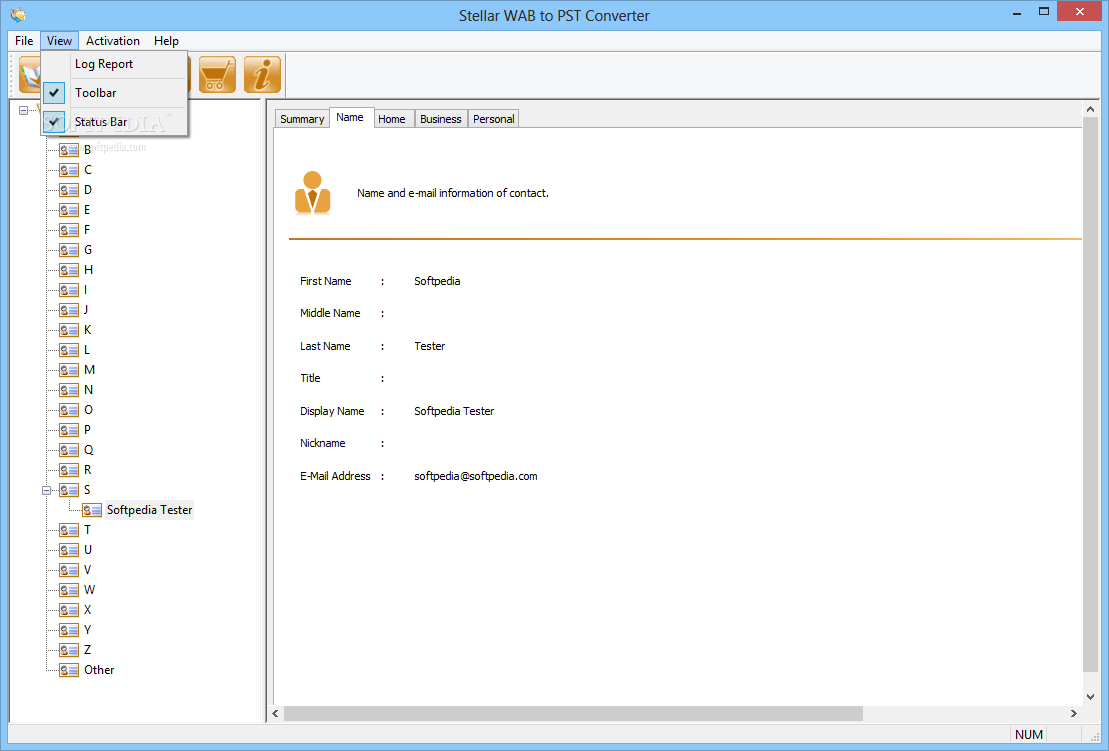Export Email Function In Outlook For Mac 15.9
Tags: Categories: I recently had to help a client move from one Mac to another, during the process one task proved more challenging than originally anticipated. I wanted to share my info in the event that it helps someone out there. In Outlook 2016 for Mac, Microsoft in its infinite wisdom, has changed the default location of the email profile folder.
Jive will not function with this version of Internet Explorer. Attention, Internet Explorer User Announcement: Jive has discontinued support for Internet Explorer 7 and below. In order to provide the best platform for continued innovation, Jive no longer supports Internet Explorer 7. Please consider upgrading to a more recent version of Internet Explorer, or trying another browser such as Firefox, Safari, or Google Chrome. 
The new location is not well documented, and I stumbled upon it on an obscure, the location is ~/Library/Group Containers/UBF8T346G9.Office/Outlook/Outlook 15 Profiles/Main Profile this folder needs to be copied from Mac to Mac when migrating data. Migration assistant choked on this folder twice, leaving me unable to move it via a thunderbolt to thunderbolt connection. I then mounted the drive of the old Mac onto the new Mac via the cable and copied it over manually. This method worked and worked well. For the sake of completeness, I will do a quick writeup of the other methods of migration that were recommended by Microsoft directly in the event that this method fails for whatever reason for my readers. Method: Archive and Import The first step in this method is to export the data from Outlook 2016 on the Mac in question.
An archive file in Outlook 2016 for Mac is a.olm file that you can save to any location on your Mac or on a different machine for safekeeping. You can export your email, contacts, calendars, tasks, or notes to the.olm archive file. Here’s how: • On the Tools tab, choose Export. • On the Tools tab, click Export. • In the Export to Archive File (.olm) box, check the items you want to export, and choose Continue. • Check the items you want to export.
• In the Save As box, under Favorites, choose the Downloads folder, and click Save. • Save the archive file as an.olm. Once your data has been exported, you’ll get a notification and you’ll choose Finish. Now that your files are exported, time to import them.
A Microsoft Outlook Most Valuable Professional (MVP) since 1999, Diane is the author of several books, including Outlook 2013 Absolute Beginners Book. She also created video training CDs and online training classes for Microsoft Outlook. Export your Outlook for Mac email messages, contacts, calendar items, tasks, and notes to a.olm file and note the location where you save that file. If moving from one Mac to another, transfer the.olm file to the new one. In Outlook for Mac 2016, on the Tools tab, choose Import. On the Tools tab, click Import. 15 nov How to Access a Shared Mailbox in Outlook 2016 for Macintosh About this tutorial: Video duration: 1:51 This video is for CEHD faculty and staff at the University of Delaware. Accessing Outlook for Mac data in MS Outlook when it uses Exchange account When the Outlook for Mac is a client of Exchange, its data is available on Exchange Server too. MS Outlook can be configured to connect to this mailbox from Windows environment.

Outlook For Mac Free Download
Import and export Outlook email, contacts, and calendar. Export from Outlook for Mac 2011. Import to Office 365. Import contacts to your Office 365 mailbox. Export contacts out of other email services. Export iCloud contacts. Export Gmail contacts – See Gmail help.
Outlook For Mac Os High Sierra
To import an OLM file on a Mac follow these steps A.olm file is the data file used by Outlook for Mac to archive your email messages, contacts, calendar items, tasks, and notes. If you’re moving from one Mac to another or upgrading from Outlook for Mac 2011 to Outlook 2016 for Mac, you’ll want to export your email messages, contacts, calendar items, tasks, and notes to a.olm file first (How do I export to a.olm file?). Note the location where you save the.olm file because you’ll need it during the import process. Export your Outlook for Mac email messages, contacts, calendar items, tasks, and notes to a.olm file and note the location where you save that file. If moving from one Mac to another, transfer the.olm file to the new one.